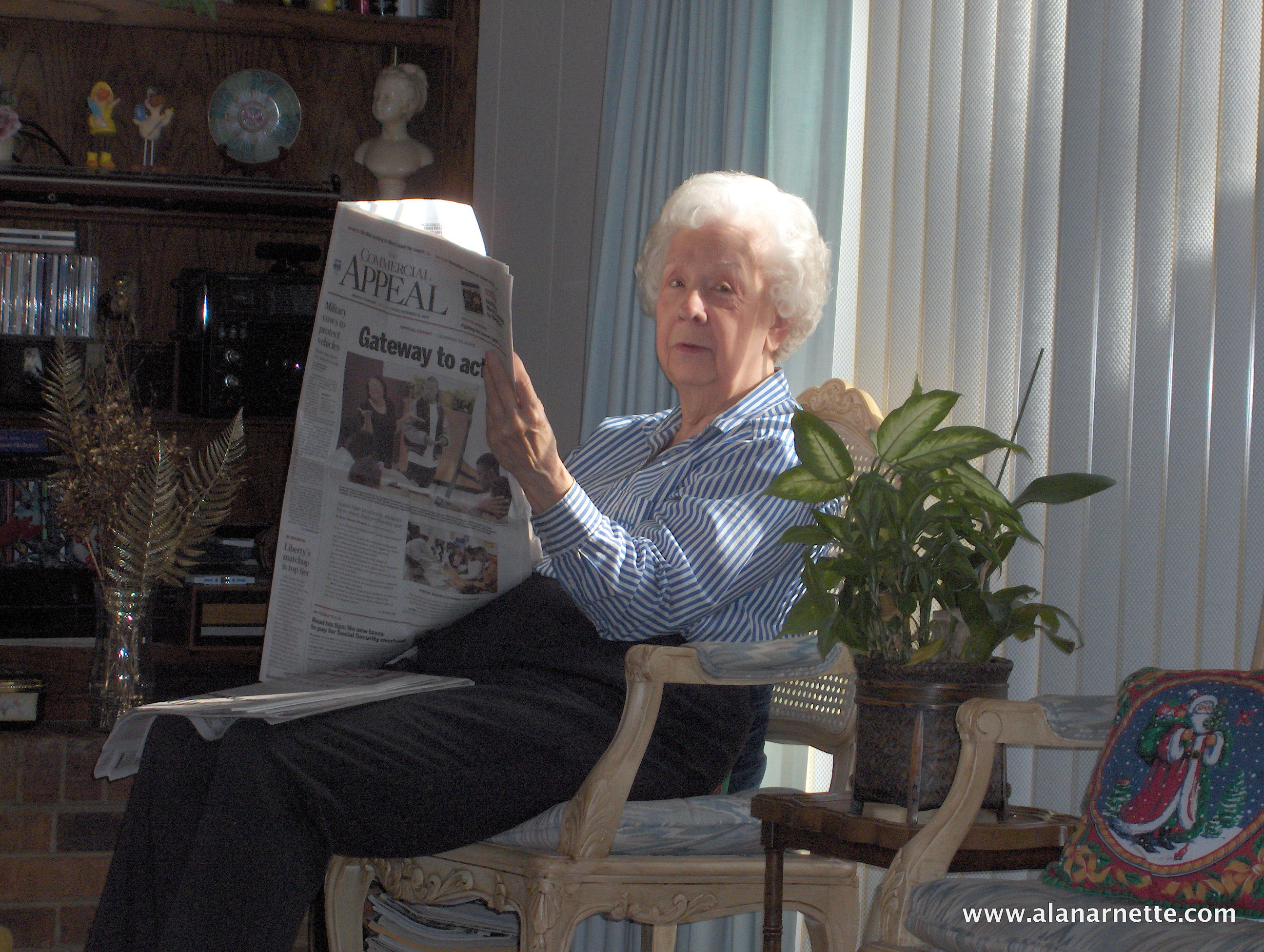I spoke at an Alzheimer’s conference last week and had a chance to listen to expert speakers on the latest research news. I am encouraged.
While much of this has been announced piecemeal over the past few months, this is a recap for those not following the daily updates.
Funding UP!
First up is that the US Government has increased the research funding thru the National Institutes of Health. It is now close to $1 Billion annual dollars – almost twice the amount only a few years ago but still well under the estimated $2 Billion that is estimated to fund a cure by 2025. This critical trend needs to continue so please consider contacting your Representative and Congressperson to let them know this is important.
ACT
New Diagnosis Tools
Next are new ways to test individuals for Alzheimer’s: smell and retina tests. Ten years ago, the only way to be 100% sure a person had Alzheimer was thru an autopsy.
Central to all these studies is the discussion about what comes first beta-amyloid proteins or Tau proteins. Researchers continue to study if one is the result of Alzheimer’s or the cause, but they are getting closer as shown in this report.
New, simple and inexpensive tests would be welcomed as today the most accurate requires expensive PET scans or more invasive spinal taps to exam the spinal fluid for the telltale amalyoid proteins. (they should not be in your spinal fluid).
Smell – Peanut butter in the right nostril!
Could a scratch and sniff test reveal you have Alzheimer’s Disease?
By using a card with a scratch and sniff test on it containing familiar odors like coffee, chocolate, cinnamon and licorice, it is suggested that individuals can be tested for Alzheimer’s Disease.
Researchers at The University of Florida asked over 90 participants to smell a spoonful of peanut butter at a short distance from their nose. Some participants had a confirmed early stage Alzheimer’s , some had other forms of dementia, while others had no cognitive or neurological problems.
Of those participants, only those with a confirmed of early stage Alzheimer’s had trouble smelling the peanut butter. Additionally, those patients also had a harder time smelling the peanut butter with their left nostril. Generally, the right nostril was able to smell the peanut butter 10 centimeters farther away than the left nostril. The difference in smell between left and right nostril in unique to the disease. source
But there are skeptics that is test is not as foolproof as reported as other degenerative brain diseases, including Parkinson’s can also affect odor detection. Also individuals who have always had difficulty with smell because of chronic respiratory tract conditions might give false positives.
James Hendrix of the Alzheimer’s Association said, “These findings may indicate that there could be a problem linked to neurodegenerative diseases in general,” but said it’s too early to use a smell test as a diagnostic tool for Alzheimer’s or dementia.
This is the link to the full report. source
Retina
I take this test with some skepticism as it was preformed mostly on mice and these trials rarely transfer to humans with the same headline of success. But it is progress nonetheless.
In this test, using optical coherence tomography (OCT), an established medical imaging technique used to observe microscopic details in the eye the machine can be configured to painlessly scan a patient’s retina, the tissue in the back of the eye, to look for abnormalities.
Using 63 study participants who were at high risk for Alzheimer’s disease, the researchers first conducted PET scans to establish the extent of the participants’ beta-amyloid accumulation. Then, they performed OCT scans and compared the results. source
Details: Light is shone into someone’s eyes, reaches the retina located in the back of the eye, and is reflected back to the device. The device is then able to display retina images along different wavelengths of light. Based on earlier experiments with mice and human retina cells, researchers thought that the microscopic bits of amyloid beta in the retina would reliably create visible patterns of scattering in images taken in the shortest wavelengths — the same phenomenon that explains why the sun makes the sky appear blue in the middle of the day and orange and red when it’s setting or rising.
When they tested mice bred to develop Alzheimer’s and compared their results to control mice, they consistently found these patterns along different stages of the disease, most importantly before any symptoms showed up. “We saw changes in the retinas of Alzheimer’s mice before the typical age at which neurological signs are observed,” said More. “The results are close to our -case scenario for outcomes of this project.” source
Of interest, a similar study with dogs found the same build up of plaques. This is what lead the the humans study. source
More clinical trails move forward
Merck is hopeful that a phase 3 clinical trial will prove successful. They are enrolling 1,500 patients with mild cognitive impairment in one study, and have already recruited 2,221 people with mild-to-moderate Alzheimer’s to participate in the other. Those trials are using two different scales to measure the cognitive function of participants.
The Merck Research Laboratories researchers are trying to block an enzyme involved in producing amyloid beta, a protein that clumps together to form the plaques typically known as a hallmark of Alzheimer’s disease.
In a seven-day trial, details of which were first shared in 2013, Merck randomized patients to receive one of three daily doses of BACE1 inhibitor verubecestat or a placebo. After seven days, Merck looked at the concentrations of beta-amyloid 40 and other amino acids linked to the formation of amyloid plaques. In the cohort that took the highest dose, levels of beta-amyloid fell by as much as 90% over the 24 hours patients were monitored. source
Meanwhile Eli Lilly is anxiously studying results from their phase 3 trail to to see if Alzheimer’s can be stoped early in life.
The drug under study is an oral beta secretase cleaving enzyme (BACE) inhibitor aka solanezumab that has been shown in Phase I studies to reduce levels of amyloid beta in the cerebro-spinal fluid of people with Alzheimer’s disease and healthy volunteers. source
In two previous trials of solanezumab, called EXPEDITION and EXPEDITION II, Lilly used both a cognitive test and a functional measurement to track the response of people with both mild and moderate Alzheimer’s disease. Both trials failed to show significant benefits over placebo in either measure.
However after further analysis of the data from the second trial, Lilly noticed that participants with mild Alzheimer’s seemed to do better than controls in the cognitive portion of the testing.
That led Lilly to its current study of roughly 2,100 people with only mild Alzheimer’s. The test were scheduled to end in October 2016. source
For a detail look at the Lilly effort and history, this is an excellent article.
Other Research Headline
Not a day goes by when I either see a headline claiming to “cure Alzheimer’s” or “reverse memory loss”. I receive a lot of message about these studies from people hopeful on behalf of a loved one or themselves.
Sadly, almost all of these studies are done on mice and rarely transfer to the same results in humans. Yet the press is willing to publish these sensationalize headlines and research go along because it might get them more grant funding.
Big News
The one that I seem to get the most comments around had the headline “New Alzheimer’s ment fully restores memory function“. What the headlines fail to reveal is that the study was on mice. Sigh, I was inundated with messages from friends excited to share the good news. But this was the kicker:
The team reports fully restoring the memory function of 75 percent of the mice they tested it on, with zero damage to the surrounding brain tissue. They found that the ed mice displayed improved performance in three memory tasks – a maze, a test to get them to recognise new objects, and one to get them to remember the places they should avoid.
The team says they’re planning on starting trials with higher animal models, such as sheep, and hope to get their human trials underway in 2017. source
I am excited as well about this study but will patiently see the results when they do human test. Not to be a downer but Alzheimer’s disease drug candidates have one of the highest failures rates of any disease area – 99.6%, compared with 81% for cancer. source
So, as always, be aware that not everything you read is as it seems.
Brain Games are $$ Games
Under scrutiny are the so-called ‘brain games’ that have long since been promoted to prevent dementia. One of the most popular applications are the smartphone games sold by Lumosity. They recently were found guilty of false promotion and paid a symbolic penalty of $2 million. The Federal Trade Commission posted:
The creators and marketers of the Lumosity “brain training” program have agreed to settle Federal Trade Commission charges alleging that they deceived consumers with unfounded claims that Lumosity games can help users perform better at work and in school, and reduce or delay cognitive impairment associated with age and other serious health conditions.
“Lumosity preyed on consumers’ fears about age-related cognitive decline, suggesting their games could stave off memory loss, dementia, and even Alzheimer’s disease,” said Jessica Rich, Director of the FTC’s Bureau of Consumer Protection. “But Lumosity simply did not have the science to back up its ads.”
For another perspective see this article.
Best Prevention is thru Healthy Living
As it is today, the way to stave off Alzheimer’s is thru lifestyle changes including a healthy diet, especially the Mediterranean Diet and the so called MIND diet can reduce the risks. source
Also exercise, being social, and doing things that challenge your mind might lower your risk. source
Join a Clinical Trail
One of the ways to support finding a cure for Alzheimer’s, and other diseases, is by joining a clinical trail. Let me highlight one from Banner Health.
The Alzheimer’s Prevention Registry is part of Banner Alzheimer’s Institute (BAI), a nonprofit organization dedicated to the goal of ending Alzheimer’s disease without losing another generation.
The Alzheimer’s Prevention Registry strives to overcome that hurdle by engaging people 18 and older of all races and ethnicities who are committed to ending Alzheimer’s, whether or not they have a family history of the disease. From simple questionnaires and surveys, to brain imaging studies and even pharmaceutical trials to evaluate investigational medications and therapies, the Registry offers members many ways in which to participate. In no way does joining the Registry obligate you to take part in a study or clinical trial.
Of course, supporting nonprofits dedicated to Alzheimer’s research is another way. Please visit my page for suggestions:
If you the time and interest, watch the Cure Alzheimer’s Fund 2016 Fall Symposium for an excellent update on research progress.
Climb On!
Alan
Memories are Everything





One thought on “Encouraging Alzheimer’s News”
excellent!!
Comments are closed.